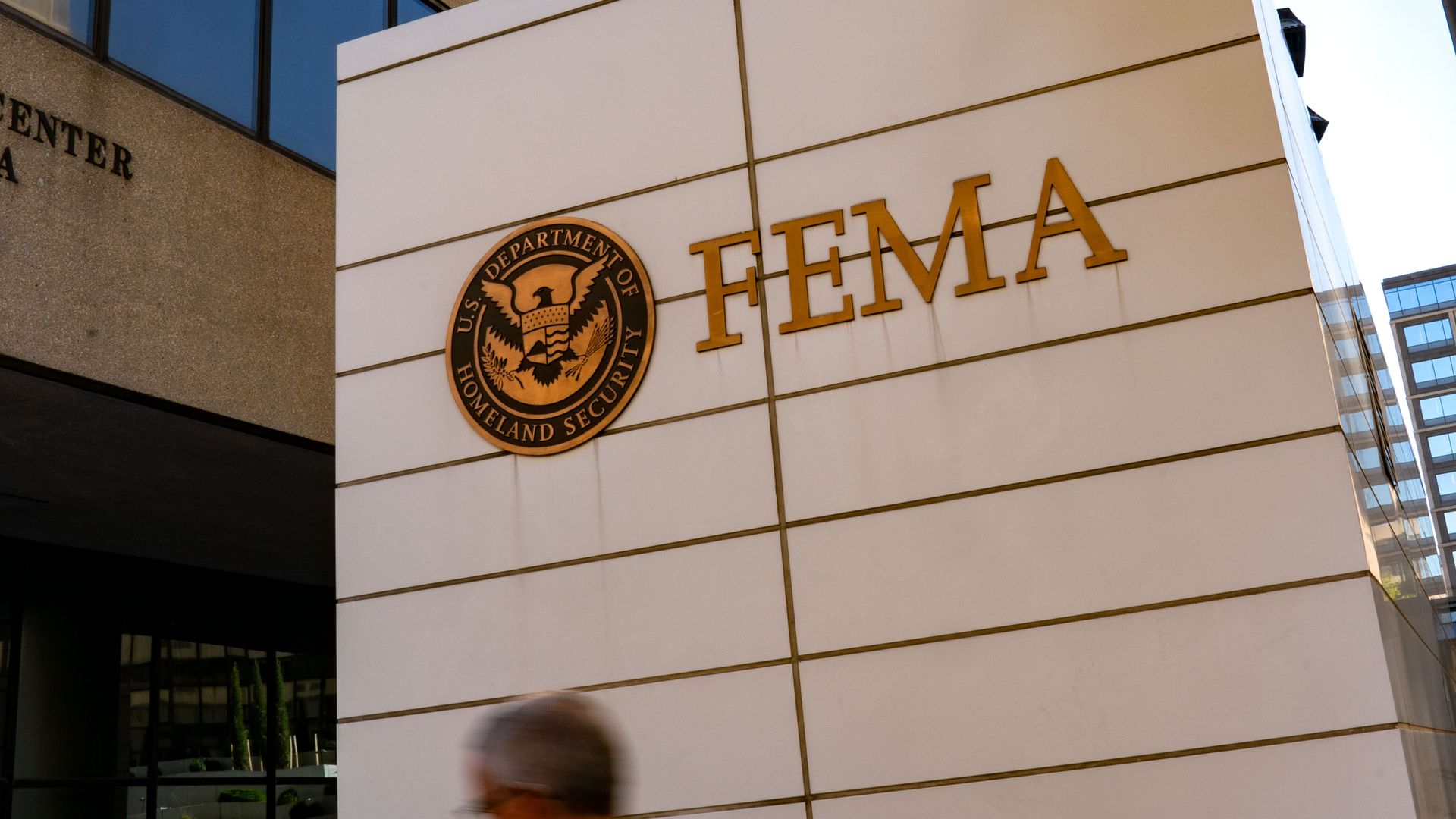
FEMA is still spending billions of dollars on storms that happened more than a decade ago, including Hurricanes Katrina, Wilma and Rita which occurred in 2005. The long-term projects use money from the Disaster Relief Fund as the agency manages more than 100 active disaster declarations.
FEMA’s most recent Disaster Relief Fund Report to Congress revealed in Fiscal Year 2024 the agency spent $53 billion on the 2005 Hurricane season, $375 million on SuperStorm Sandy which hit New Jersey and New York in 2012, and $12.5 billion on Hurricane Maria which devastated Puerto Rico in 2017. There were billions more spent on wildfires, winter storms and floods. In total, FEMA spent $47 billion in fiscal year 2024 on approximately 35 disasters from years past.
The money is spent on public assistance, individual assistance, administration, and mitigation for future events. In fact a 2023 FEMA report outlined why they have a Disaster Readiness and Support account within the Disaster Relief Fund.
It stated: “DRS funding enables FEMA to be more proactive and to provide a robust readiness posture to respond to large-scale, complex, presidentially declared major disasters instead of waiting for disasters to occur and then reacting with costlier and less efficient response actions.”
While FEMA spends extraordinary sums on disasters dating back nearly 20 years, they always keep a reserve so they can send rescue teams and emergency supplies to ongoing disasters.
Deanne Criswell: “The biggest tool we have is what we call immediate needs funding, and we keep a reserve within our disaster relief fund to make sure that I can always cover these life saving activities like we’re seeing right now.”
In fact Criswell said back in August she paused approximately $8 billion in spending on previous disasters to ensure they have the money they need for the current hurricane season. Congress then gave her permission to use $20 billion from fiscal year 2025 funding, which she used to reimburse communities whose projects were paused and respond to Hurricane Helene.
Deanne Criswell: “I have over a hundred open disasters across the United States for recovery, and I need to continue to be able to reimburse these communities for their recovery projects as well as sustain the response that we’re seeing right now.”
Administrator Criswell put in a $9 billion supplemental funding request to Congress earlier this year which she says still stands. After they have a better understanding of how much these recent disasters will cost, FEMA will ask for additional money on top of that.











